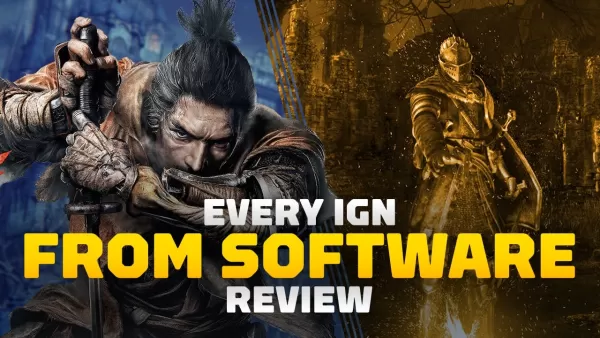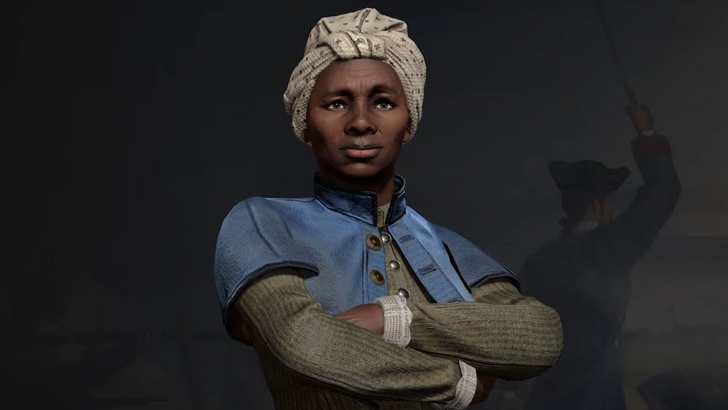
Civilization's leaders are iconic, but their representation in Firaxis games has evolved. This article explores Civilization VII's leader roster and how it redefines leadership throughout the series' history.
← Return to Sid Meier's Civilization VII main article
Civ VII: A New Era of Leadership
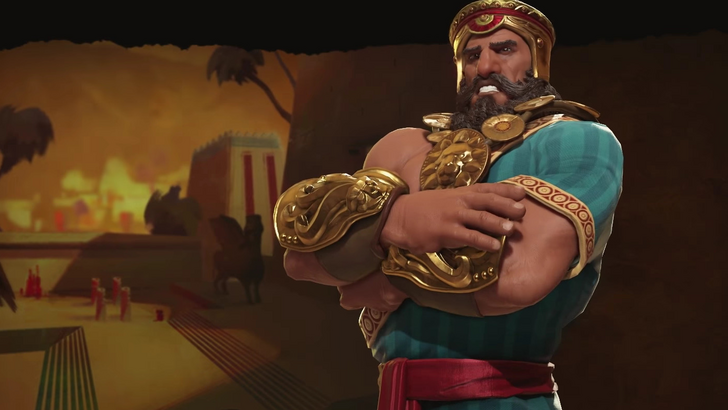
Civilization leaders have always been central to the series' identity. Each leader embodies their civilization, impacting gameplay significantly. However, their portrayal has diversified across each installment, refining the concept of leadership and its influence. This analysis traces the evolution of Civilization's leaders, examining changes across iterations, and highlighting Civilization VII's unique approach.
Early Civilizations: A Focus on Global Powerhouses
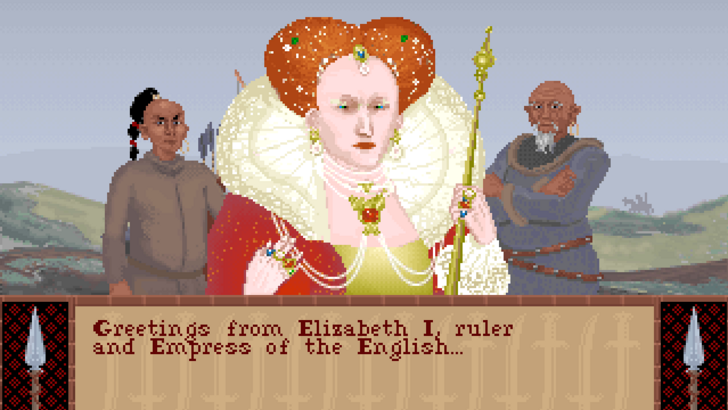
The original Civilization featured a relatively small roster, primarily representing major global powers of the time. Leaders were largely historical heads of state, reflecting a straightforward approach to selection. The 15 civilizations included familiar names like America, Rome, and China, led by figures such as Abraham Lincoln, Tokugawa Ieyasu, and Mao Zedong. Elizabeth I was the sole female leader, reflecting the limitations of the era.
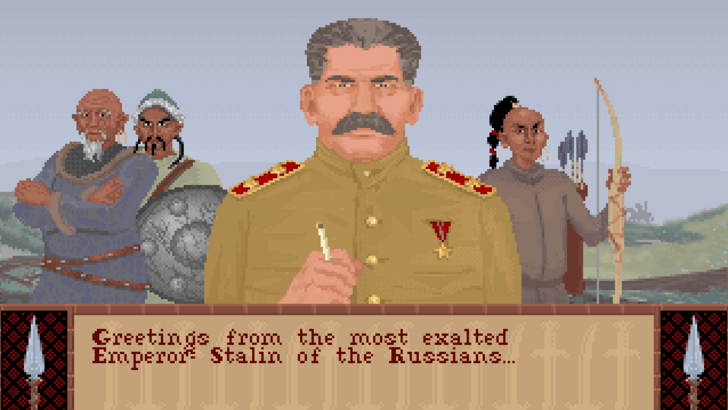
This initial approach, while simple, laid the groundwork for future iterations. The focus on widely recognized figures established a clear precedent, though later games would significantly expand the definition and diversity of leadership.
Civilization II - V: Expanding the Definition of Leadership

Civilization II broadened the scope, including lesser-known powers and introducing a separate female leader roster. The definition of "leader" expanded beyond heads of state, incorporating influential figures like Sacagawea and Amaterasu.
Subsequent games further diversified the roster. Civ III integrated female leaders directly, while Civ IV and V significantly expanded the roster size and the types of leaders represented, including revolutionaries and reformers. This shift reflected a broader narrative encompassing a wider range of human experience.
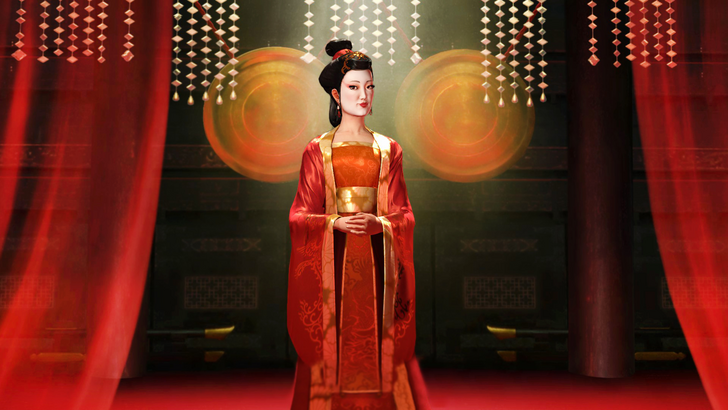
The focus shifted from solely powerful figures to a more inclusive representation of humanity's story.
Civilization VI: Character, Diversity, and Personas
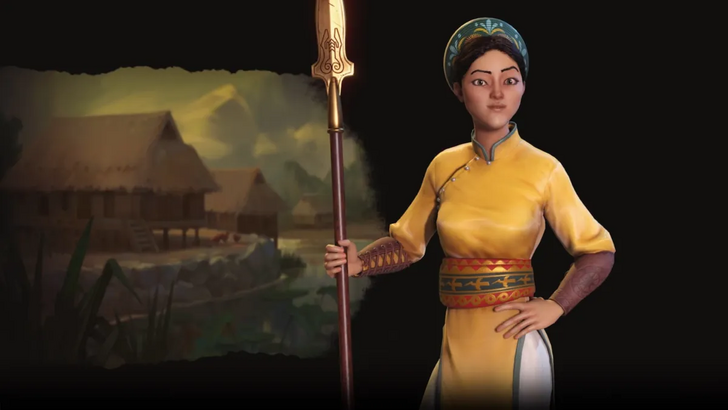
Civilization VI enhanced characterization, showcasing leaders as stylized animated figures. The introduction of Leader Personas—alternative versions emphasizing different aspects of a leader's personality—added depth and variety. Lesser-known historical figures like Lautaro and Bà Triệu joined the roster, representing diverse cultures and struggles.
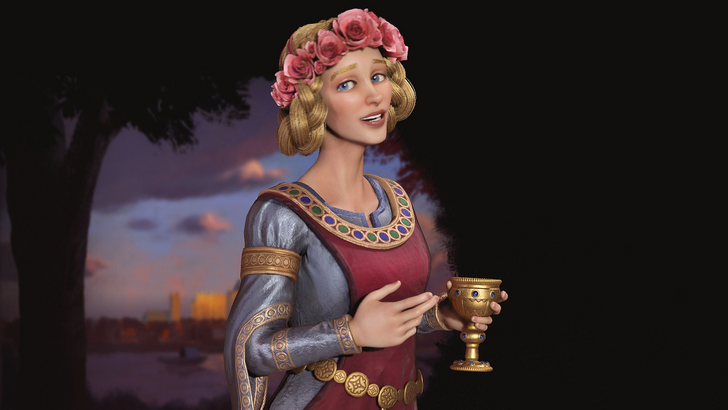
The concept of leaders representing specific chapters of their lives, exemplified by Eleanor of Aquitaine and Kublai Khan, further expanded the possibilities. Multiple leader options for civilizations like America and China added another layer of complexity.
Civilization VII: A Bold New Approach
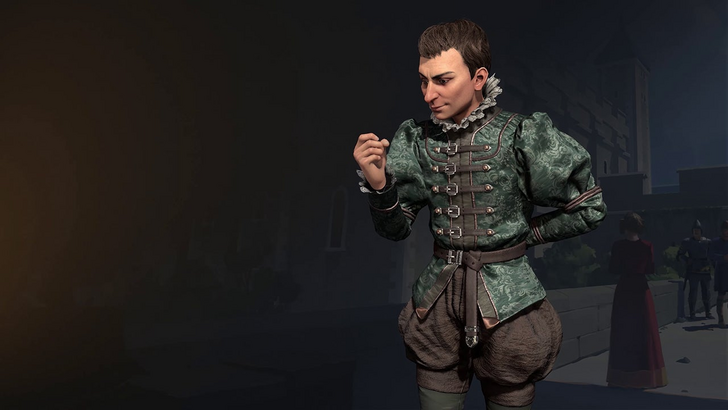
Civilization VII represents the culmination of this evolution. It features the most diverse and creative roster yet, employing a mix-and-match system that allows unconventional leaders to take center stage. Harriet Tubman, a prominent figure in the fight against slavery, is a prime example.

Other notable additions include Niccolò Machiavelli and José Rizal, showcasing a broader understanding of leadership beyond traditional definitions. The series has transitioned from a focus on global powers to a more inclusive and nuanced representation of human history.
The evolution of Civilization's leader roster reflects a broader shift in perspective, embracing diversity and a richer understanding of leadership's multifaceted nature.
← Return to Sid Meier's Civilization VII main article
Sid Meier's Civilization VII Similar Games



